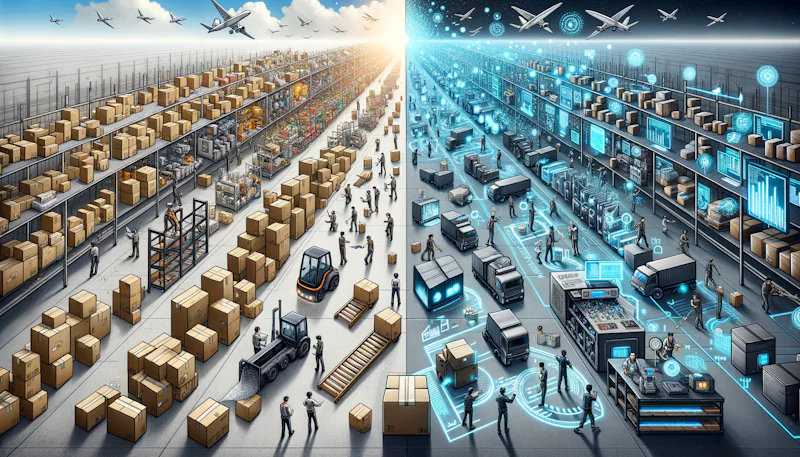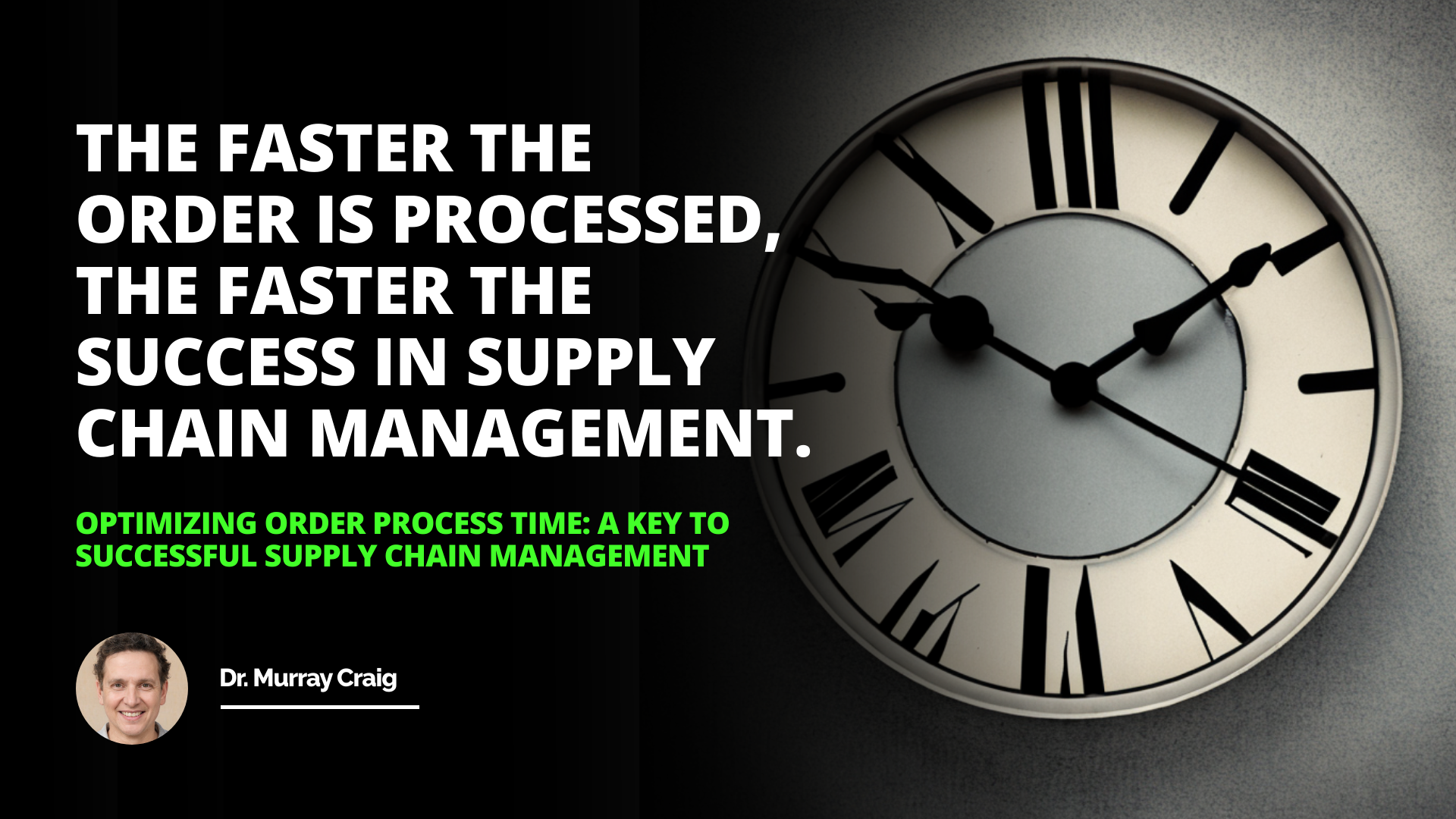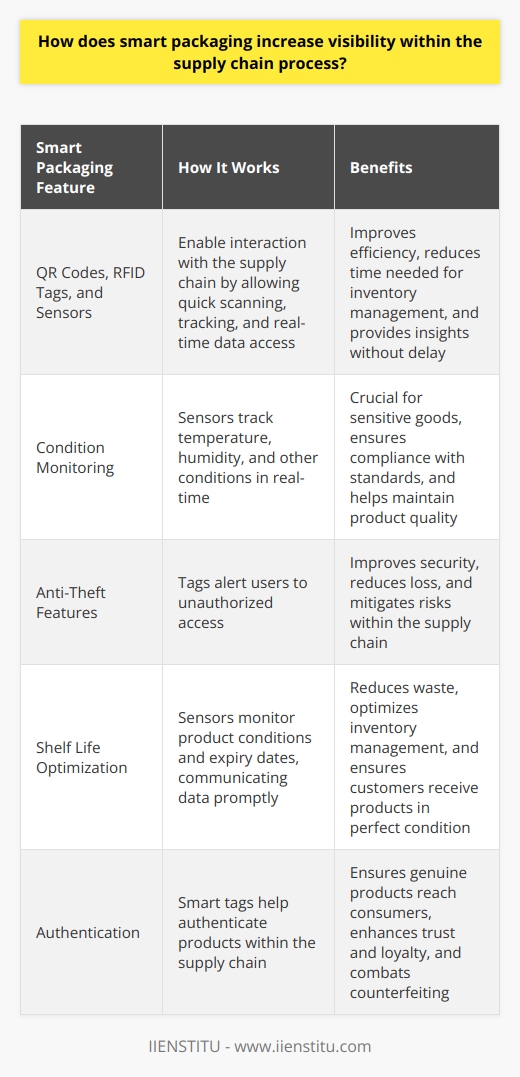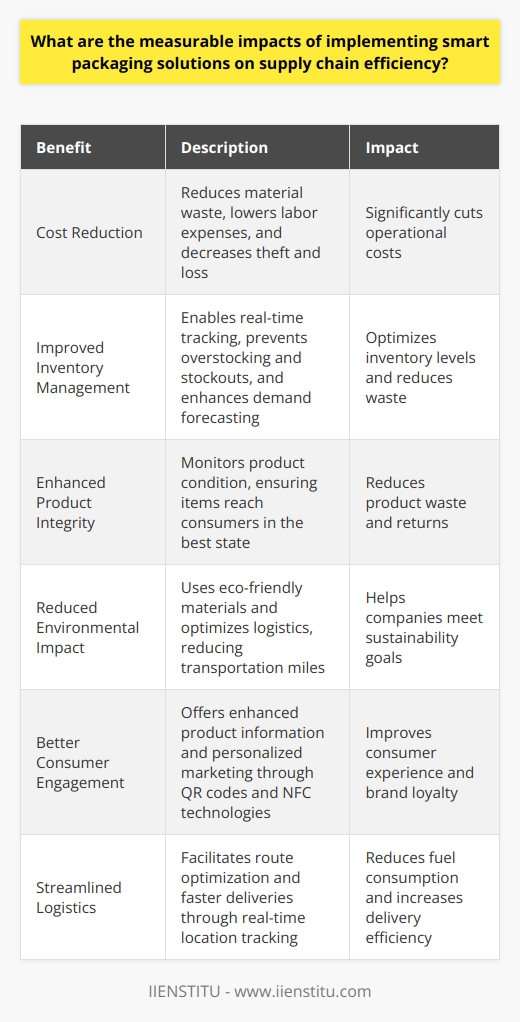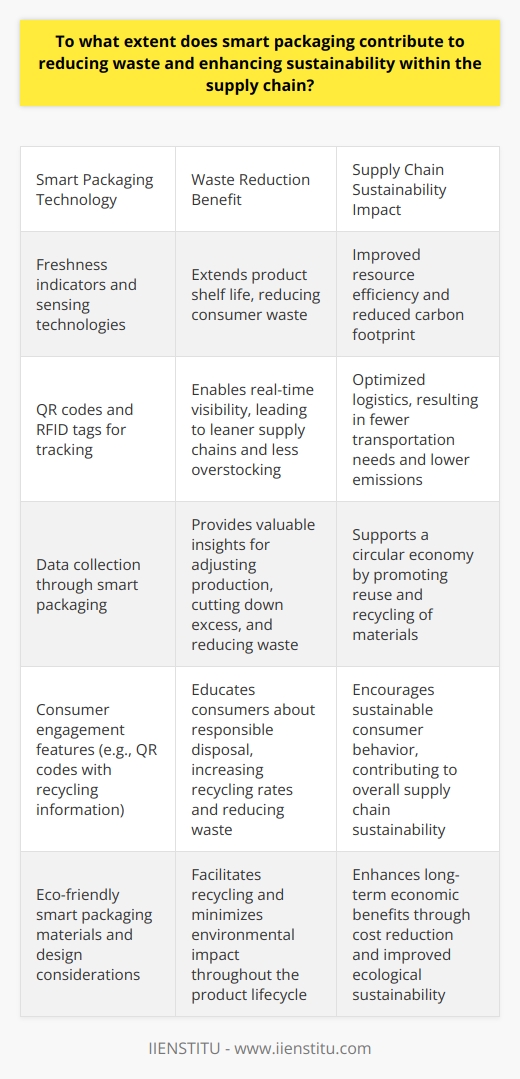As the logistics and packaging industries continually evolve with the integration of cutting-edge technologies, one innovation stands out for its profound capacity to reshape supply chain dynamics: smart packaging. Integrating intelligence and functionality, smart packaging goes beyond the traditional roles of containment and protection, offering interactive experiences and real-time data to both businesses and consumers. It's an exciting era for those invested in shipping logistics courses and certificate courses online, as these educational platforms are increasingly addressing the merger of technology and supply chain management.
In this article, we will explore the concept of smart packaging, its multi-faceted impact on supply chain efficiency, and how emerging technologies continue to elevate its capabilities. Our analysis will navigate through practical examples, regulatory challenges, and the exciting potential future trends within this innovative field.
Introduction to Smart Packaging
Definition and Explanation of Smart Packaging
Smart packaging refers to the integration of advanced technologies into packaging design, transforming the traditional packaging into a dynamic solution that communicates with consumers and supply chain managers.
By embedding sensors, indicators, and communication devices, smart packaging offers a new dimension of interaction, monitoring, and data analysis. This transformative approach opens numerous opportunities for quality control, authenticity verification, and consumer engagement.
Brief History and Development of Smart Packaging
The evolution of smart packaging has been catalyzed by the advent of microelectronics and IoT. Initially modest in their applications, early forms of smart packaging primarily focused on tracking and freshness indicators. However, as technology has advanced, so has the scope and sophistication of smart packaging solutions, encompassing everything from enhanced user experiences to intricate logistics optimization systems.
The Importance of Smart Packaging
The Impact on the Business Sector
Enhancement in Product Safety
One of the primary benefits of smart packaging in business is the marked enhancement in product safety. Incorporated sensors can track environmental conditions such as temperature and humidity, which are essential for perishable goods. This real-time monitoring allows for immediate intervention when conditions deviate from optimal ranges, significantly mitigating the risk of spoilage and loss.
Improvement in Brand Value and Customer Loyalty
Smart packaging fortifies brand value by bolstering consumer trust through transparency and authenticity. Features such as tamper-evident seals and authenticity checkers combat counterfeiting. Brands can also use smart packaging to provide consumers with engaging content and personalized experiences, fostering a deeper connection and enhancing customer loyalty.
Efficient Supply Chain Management
For supply chain management, smart packaging acts as a pivotal tool in reducing waste, optimizing inventory, and streamlining logistics operations. With the ability to track products in real time, companies are more agile in responding to market demands, lowering the incidence of overstock or stockouts, and improving overall supply chain efficiency.
The Impact on the Consumer Sector
Assurance of Product Quality
Consumers gain an assurance of product quality through smart packaging. The use of intelligent indicators, such as time-temperature indicators, allows consumers to ascertain the freshness and suitability of food products before making a purchase, heightening consumer confidence in the quality of their selections.
Ease in Product Usability
Smart packaging also introduces an element of convenience and added functionality into product usage. Features like resealable closures, portion control dispensing, and improved ergonomics are user-oriented enhancements driven by smart design moderated through consumer feedback.
Access to Detailed Product Information
Finally, smart packaging provides a platform for consumers to access in-depth product information seamlessly. With technologies such as QR codes, consumers can interact with packages using their smartphones to unlock a plethora of data—nutritional content, usage instructions, and even the product’s journey from source to shelf.
Types of Smart Packaging
Active Packaging
Role and Significance of Active Packaging
Active packaging plays a proactive role in extending product shelf life and maintaining quality. Incorporating substances that can interact with the contents or the packaging environment, active packaging systems might release preservatives or absorb excess moisture, for instance, combating deterioration factors actively within the packaging ecosystem.
Examples of Active Packaging
Examples of active packaging include oxygen scavengers used in meat and fish products to prolong freshness, ethylene absorbers that delay ripening in fruit packaging, or moisture regulators found in the packaging of electronics to prevent corrosion.
Intelligent Packaging
Role and Significance of Intelligent Packaging
Intelligent packaging goes a step further, embodying a communication function that provides information about the condition of the product or its environment. With the usage of sensors and indicators, intelligent packaging becomes a critical tool for real-time data acquisition and interpretation.
Examples of Intelligent Packaging
Intelligent packaging often materializes in the form of freshness indicators, which change color based on the chemical changes within the food product, or RFID tags, which enable tracking and traceability throughout the product’s journey in the supply chain.
Technological Advancements in Smart Packaging
Use of QR Codes and NFC Technology
QR codes and NFC (Near Field Communication) technology are two innovations widely adopted in smart packaging. QR codes, scanned by any smartphone, can direct consumers to product information, promotional content, and traceability data. NFC chips embedded in packaging permit touch-based interaction with smartphones, offering a higher level of security and user engagement.
Incorporation of Augmented Reality (AR)
Augmented Reality is elevating the consumer experience by blending the physical and digital worlds. Through smart packaging, AR provides interactive and immersive experiences, such as 3D product visualizations, which not only mesmerize consumers but also aid in complex product assemblies or usage.
Advent of Internet of Things (IoT) in Smart Packaging
The Internet of Things has revolutionized smart packaging by embedding connected devices that can communicate with the broader digital ecosystem. This connectivity facilitates a higher order of supply chain monitoring and insight, enabling predictive analytics for inventory management and dynamic pricing strategies.
Examples of How These Technologies are Applied in Smart Packaging
Examples of these technologies in action include interactive wine labels that offer a virtual vineyard tour when scanned, medicine packaging that reminds patients when to take their pills, and packages that adjust their internal conditions in response to external temperature fluctuations, thus actively protecting the product.
Future Trends in Smart Packaging
Sustainability in Smart Packaging
The push for sustainability is shaping the next wave of smart packaging designs. Bio-based materials, biodegradable circuits, and the reduction of electronic waste are areas of intensive development, aiming to fuse high-tech capabilities with environmental stewardship.
Personalization and Customization in Smart Packaging
Tailoring consumer experiences through personalization is another growing trend. Future smart packaging may incorporate algorithms that adapt content and promotions based on consumer preferences, gathered intelligently through interaction data.
Predictive Analysis and Machine Learning in Smart Packaging
Predictive analysis and machine learning in smart packaging can refine supply chain forecasts, enhance product rotation strategies, and yield more efficient recalls when necessary. By learning from past data, smart packaging systems will become more anticipatory and responsive, enabling businesses to stay ahead of market trends.
Challenges and Regulatory Concerns in Smart Packaging
Cost and Affordability Issues
Implementing smart packaging solutions often entails significant upfront costs, which can pose affordability challenges for small to mid-sized enterprises. The economic barriers associated with advanced packaging technologies must be mitigated to ensure broader adoption across the industry spectrum.
Data Privacy and Security Concerns
With an increased flow of sensitive data between packaging and consumers or businesses, data privacy and security emerge as critical concerns. Strategies to protect consumer information and company proprietary data are essential components of smart packaging implementations.
Regulatory Frameworks and Compliance Issues
Finally, as technology evolves faster than regulatory frameworks, compliance issues become more complex. Ensuring that smart packaging adheres to international standards and local legislation is vital for its successful integration into global supply chains.
Summary of Key Points Discussed
Smart packaging represents a significant shift in how products are packaged, presented, and tracked. Integrating with technologies such as AR, IoT, and machine learning, smart packaging offers enhanced consumer engagement, optimized supply chain processes, and a profound impact on product lifecycle management. The demand for sustainable, personalized, and intelligent packaging is likely to intensify as businesses and consumers increasingly seek efficiency, authenticity, and transparency.
The Potential Growth and Advancement of Smart Packaging
While the road ahead is paved with challenges related to implementation costs, data privacy, and compliance, the potential growth and advancement of smart packaging remain undeniably robust. As smart packaging becomes more advanced and accessible, it promises to be a cornerstone in the future of supply chain management, product differentiation, and consumer satisfaction.


